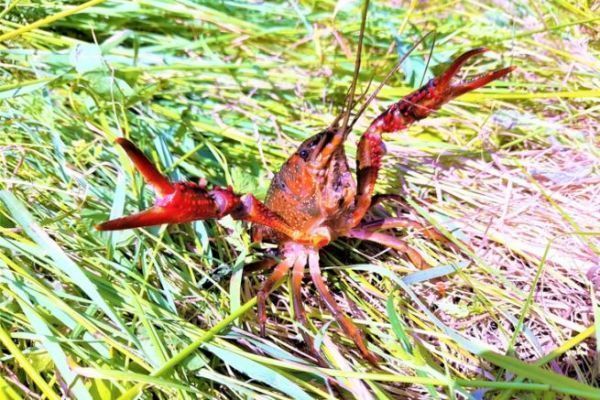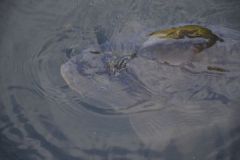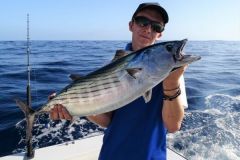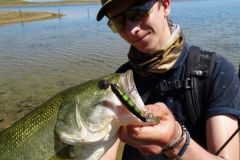American crayfish, a scourge for the environment
This crustacean is the bête noire of environmentalists. In just a few years, Louisiana and California crayfish have become the most heavily fished species in France. These crayfish have one particularity: firstly, they are invasive, not part of the French fauna, and secondly, they eat everything. They have taken the place of the so-called indigenous crayfish, the white-footed crayfish, which has virtually disappeared from our territory. American crayfish were imported and released by the Spanish in the 1970s.
Crayfish are particularly found in dead wood or boulders, in rock piles, so the idea is to set traps in these places.
The crayfish is an omnivore, the cleaner of rivers. So attract them with strong-smelling bait.
The finest crayfish can reach a size of 20 cm, and the largest 27 cm.
They are healthy carriers of a disease known as crayfish plague. As healthy carriers, they have carried this disease to various French waterways, and unfortunately, the disease has decimated the vast majority of native crayfish populations.
Crayfish plague is an acute mycosis associated with signs of shell decomposition. In native crayfish, it is almost always fatal. Native crayfish are particularly susceptible to crayfish plague. The disease is not dangerous to humans.
Add to this an ability to move out of the water, sometimes for days at a time, to conquer and destroy a new biotope, and you have a fish of many interests.
It's great fun fishing for kids, and it's also useful, as catching them helps to relieve some of the pressure they can exert on this type of environment. If you spend a little time, you can catch several hundred and end the day with a superb meal.
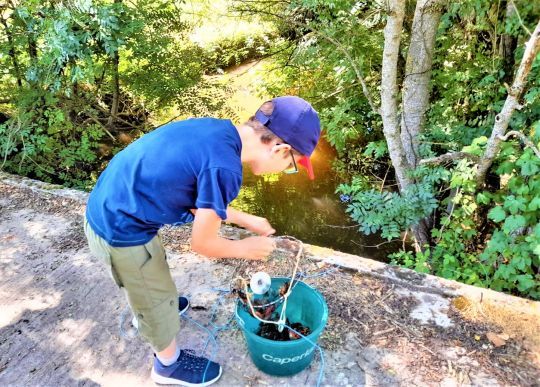
Scale fishing
One of the best-known and most popular is scale fishing. This 30-centimeter-diameter net, mounted on a round frame and supported by cords, must have a mesh size of no less than 10 millimeters. The angler places the scales on the bottom of the water, either with a pole or by hand, and then pulls them up after a few minutes to collect the crayfish. Crayfish are often brought up in twos, threes, tens or even more.
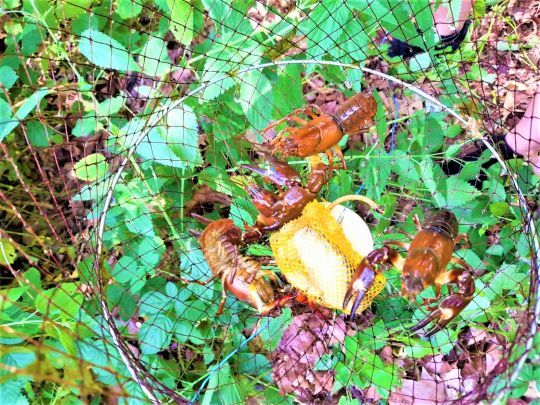
Scales are baited with scented baits such as sardines, herring, tripe, liver pieces, kibbles, etc. Placed in a small mesh net, the bait lasts longer.
Crayfish angling
This method is as simple and fun as scale fishing. Simply attach a line to a fishing rod or bamboo and bait the end. Attach the bait to the bottom of the line either directly with a safety clip or a hook, but the best way is to secure it with a net, sticking it in place to prevent crayfish from grabbing it.
Lower your line to the bottom of the water and wait for the crayfish to jump onto the bait, then you'll feel little jerks at the end of it. Gently reel in the bait and any crayfish clinging to it before removing them from the water.
You can use a landing net to retrieve the crayfish, which will have less time to escape by releasing the bait.
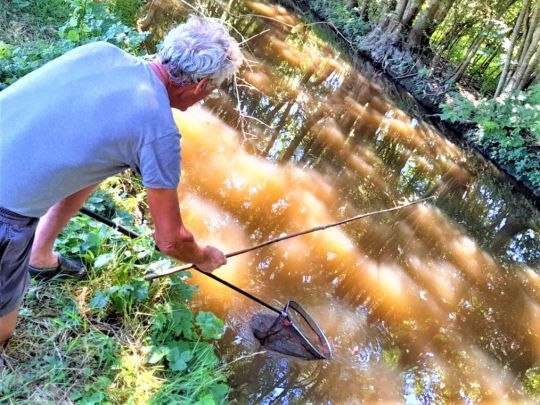
Once you've caught a crayfish, you need to castrate it. This means killing them by removing the central segment of the tail connected to the intestine. This is done by turning the crayfish 1/4 turn in one direction, then the other, so as to break it off and extract it with the intestine.
Strict regulations
Crayfish can be fished all year round, except for the white-clawed crayfish, which is prohibited. You must, of course, hold a fishing permit. They may not be transported live, and even the smallest crayfish may not be returned to the water.
Red-clawed and spadefooted crayfish are only open during a specific period, so please consult the prefectoral decree in force.
Each angler is entitled to 6 scales or two lines. You must also respect legal fishing hours. Fishing is permitted from 30 minutes before sunrise to 30 minutes after sunset. There are no legal catch sizes or quotas for exotic crayfish.

 /
/ 